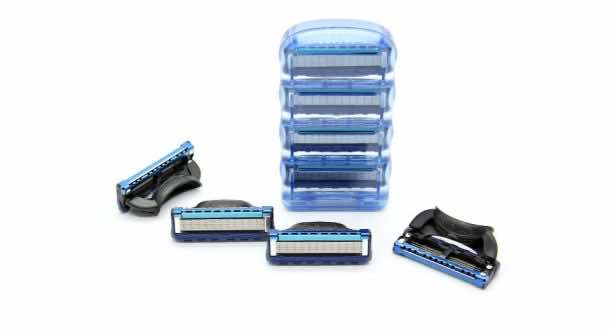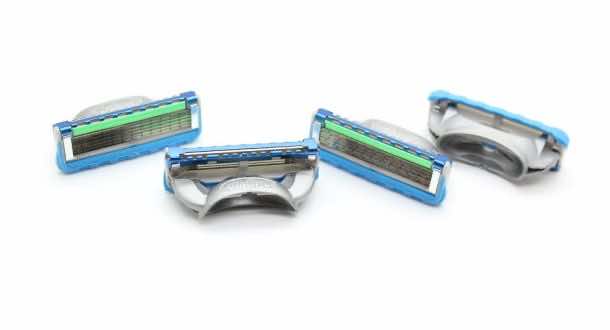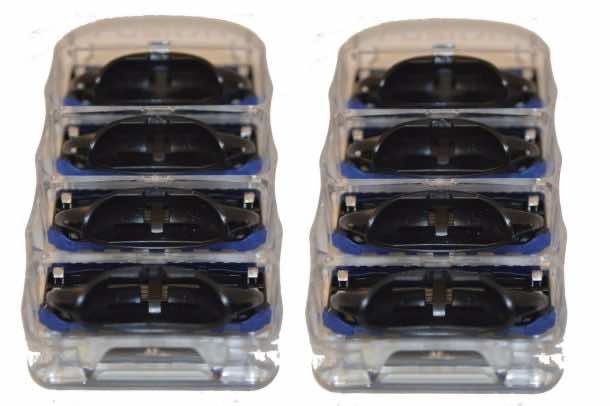Have you ever wondered why the prices of the razor blades have skyrocketed in the last ten years? To be precise, the razor itself is quite cheap. However, restocking the razor blades will leave your wallet considerably lighter.
In fact, the razor blade is a classic example of a pricing scheme called the “two-part tariff” where the consumer pays a specified price for the basic item, razor in this case, while a per-unit charge is paid for the regular purchase of the other unit, like the blades of a razor blade.

Thus, a razor may cost you a mere $10 while you will be forced to part with $40 for a pack of eight refill blade cartridges; this leads us back to the original question: why are the razor blades so costly?
The manufacturing of razor blades is quite a complicated process. Very few companies actually produce razor blades, and most of their production is exclusively reserved for the big brands.

Jeff Raider who is the co-founder of Harry’s, an online shaving company, discovered the difficulty of getting the finest razor blades first hand:
“Razor blades are really, really difficult to make. It actually starts with buying really fine razor steel. You have to grind steel so that it’s very sharp at its tip and very strong at its base. That gives it both stability and a really crisp cutting surface. [The razor blades are ground] at specific angles that are proprietary to the razor blade manufacturer, in machines that the manufacturers actually make themselves.”
The production of a razor blade is a process that needs intensive research and can even take years before the first blade production rolls off the line. Dr. Kristina Vanoosthuyze is a researcher associated with the Gillette Innovation Centre. She emphasised the importance of research in the production of razor blades in her interview with the Boston magazine:
“The complexity, length of time, and the cost of the [research and development] process is what factors into cost. It looks so simple and so intuitive, yet it is so complex in its design and development process. The small details and dimensions go far beyond what the naked eye can see. For the ProGlide, to give you an idea of the scale of consumer testing that we do, 30,000 guys were involved in testing the innovation process.”

This leaves the smaller, struggling companies with only one alternative: production of their own equipment that will cost them too much to survive in the industry. Thus, the industry big-wigs have a free license to monopolise the industry and set the prices as they like.

Raider explained how the brands manipulate the entire industry:
“Historically, the companies that have known how to make razor blades have been able to charge people vastly different prices for razor blades than the actual cost.”
For the record, Unilever purchased Harry’s and Dollar Shave Club for $1 billion.



–